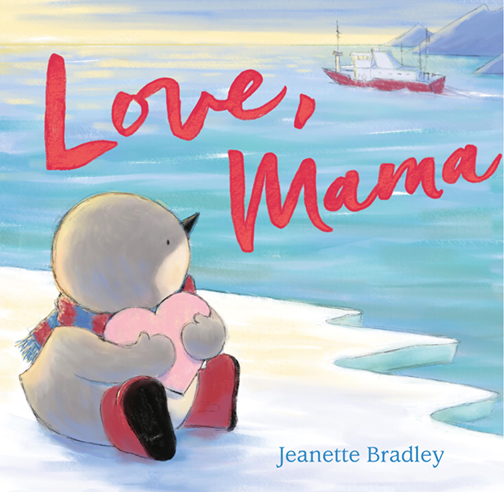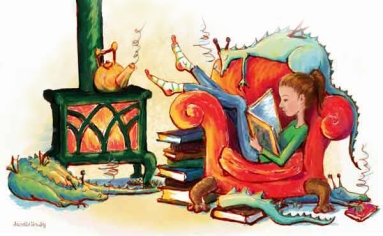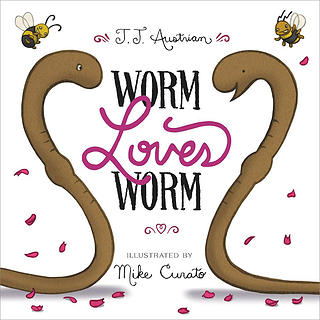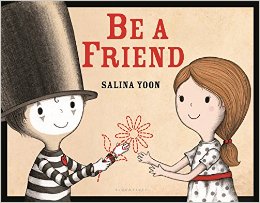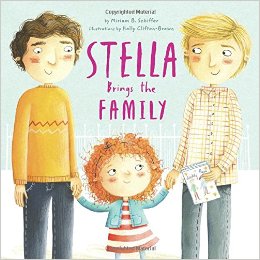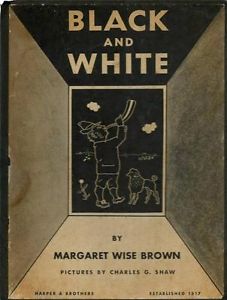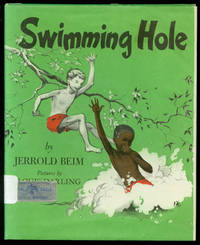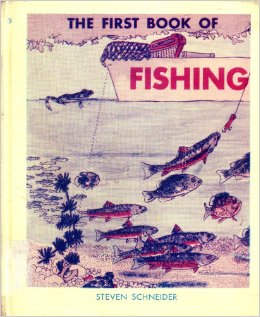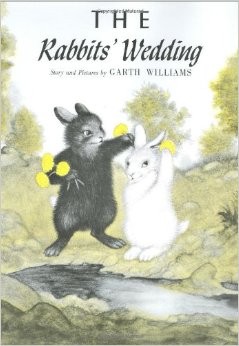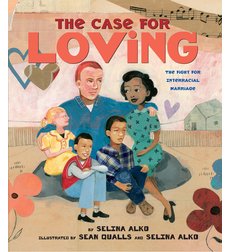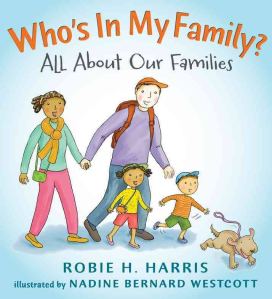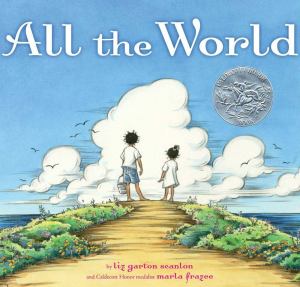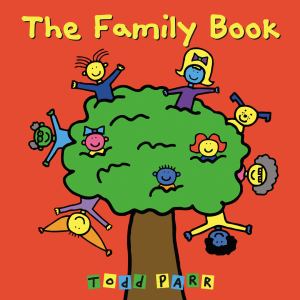Like the rest of the country, I grieve for the families and community of the nine people killed in Charleston, even though I do not know them. I am horrified by the violence and repelled by the hate. But I am not shocked or surprised. And that lack of shock or surprise also makes me grieve.
I have been struggling with how to talk to my kids about the news. A friend of mine who spent years working for peace in South Sudan, has put out a call to her American friends who are parents to talk frankly with their kids about racism. In her words:
“The reality is that we talk to our kids all the time about uncomfortable topics. We do this all the time. It’s called parenting. But for some reason, race is a very uncomfortable topic for most of my white friends and many are unwilling to talk to their children openly and honestly about race.”
As a white parent myself, I realize that most of the conversations about race I have had with my kids have fallen into the “diversity is good” category. The “everyone is different, but we all have unique talents to contribute to the world” conversation. Or the geek version: “Race is a social construct, what we construct as racial differences are a tiny percentage of genetic variation in the human population.”
Race is a social construct. Racism and racial inequality are the social reality we all live within.
Talking about racism can be uncomfortable. But yeah, those uncomfortable conversations are called parenting. Or teaching.
As Maurice Sendak often pointed out, childhood is difficult and full of danger. Children know that terrible things exist in the world. We need to let kids know we are willing to talk.
The children know. They have always known. But we choose to think otherwise: it hurts to know the children know. If we obfuscate, they will not see. Thus we conspire to keep them from knowing and seeing. And if we insist, then the children, to please us, will make believe they do not know, they do not see. They are remarkable–patient, loving, and all-forgiving. It is a sad comedy: the children knowing and pretending they don’t know to protect us from knowing they know. — Maurice Sendak
To get those conversations started, here is a list of amazing picture books that go beyond surface discussions of diversity to explore racism and discrimination head-on. Explore them with your kids. Use them to spark conversations.
Historical Fiction

New Shoes by Susan Meyer (illustrated by Eric Velasquez)
Ella Mae needs new shoes but is forbidden to try them on in the store. Humiliated by the shoe shop owner, she and cousin Charlotte collect old shoes, refurbish them, and open their own shoe store where everyone is welcome to try on the shoes. The emotional impact of Eric Velasquesz’s incredible illustrations pairs with the spare, but gut-wrenching text.
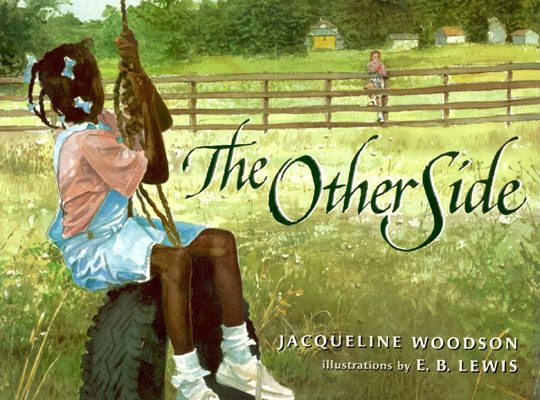
The Other Side by Jacqueline Woodson (illustrated by E.B. Lewis)
Two girls whose lives are divided by a fence that separates the black side of town from the white side strike up a friendship. The award-winning author and illustrator team pair perfectly in this lyrical story of kids circumventing adult rules of segregation. Segregation is a backdrop to the unfolding friendship, presented as “that’s the way things are.”
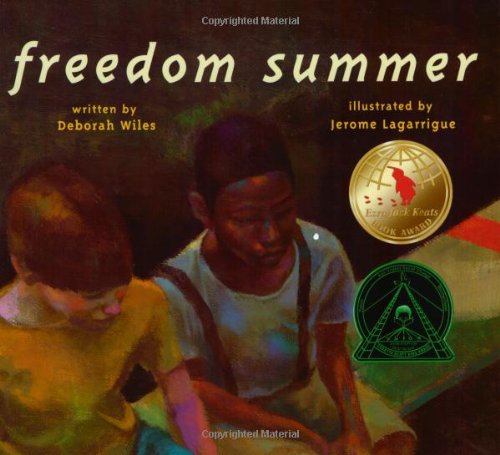
Freedom Summer by Deborah Wiles (illustrated by Jerome Lagarrique)
“I didn’t want to swim in this old pool anyway.”
John Henry’s eyes fill up with angry tears. “I did,” he says.
John Henry and Joe are best friends, across racial lines in the Jim Crow South. When their town is forced to integrate, the boys are excited to swim together in the public pool. Unfortunately, rather than opening the pool to all, town leaders have it filled in and paved over.
Fiction
You may have noticed that the above books are all historical. There are many more picture books about racism in the past than in a contemporary setting. Here are two discussion-sparking fiction books about discrimination that can be read as occurring in the imaginary present moment:
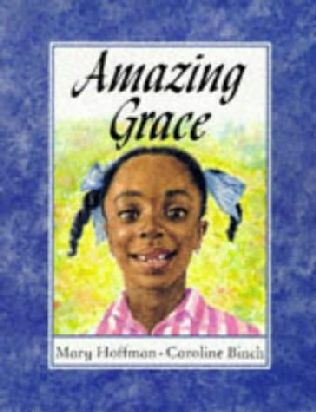
Amazing Grace by Mary Hoffman (illustrated by Caroline Binch)
Grace wants to be Peter Pan in the school play, but her classmates tell her she can’t play Peter because she is a girl and she is black. After her grandmother takes her to see a family friend perform as prima ballerina in Romeo and Juliet, Grace realizes she can play any role she puts her time, effort, and passion into learning. The actions of Grace’s classmates ring true for a contemporary audience, although the book is now old enough to be considered a classic.
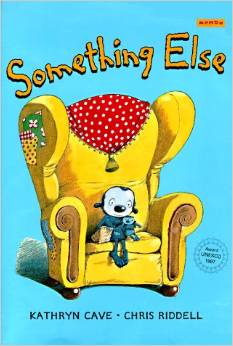
Something Else by Kathryn Cave (illustrated by Chris Riddell)
Something Else is excluded by his classmates for being different, told he can not play with them or sit with them at lunch. When another creature shows up at his door, Something Else in turn excludes her. He then realizes that he has hurt someone the way he was hurt, and sets out to repair the relationship. The creatures in this book are imaginary beings, which allows the reader to fill in any possible reason for Something Else’s exclusion.
Nonfiction
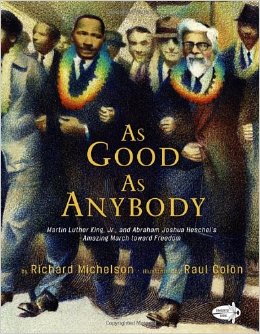
As Good as Anybody by Richard Michelson (illustrated by Raul Colon)
This book is a double biography of Abraham Joshua Heschel and Martin Luther King, Jr, which concludes with images of their march from Selma to Montgomery. The book paints parallel stories of the anti-Semitism that Herschel experienced growing up in Nazi Germany, and the racism King encounters in his American childhood.
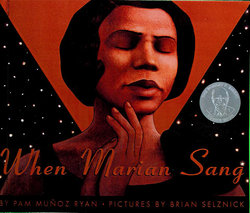
When Marian Sang: The True Recital of Marian Anderson by Pam Munoz Ryan (illustrated by Brian Selznick)
The biography of Marian Anderson, whose life spanned a near-century of social change. Marian never gives up her commitment to her art, despite discrimination that dives her to leave America for Europe. The book concludes with a wordless spread of famous concert at the Lincoln Memorial in 1939. I cry every time I read it. Every. Time.
Of course, there are many more picture books out there that deal with racism and/or discrimination. If you have a suggestion, tweet it to me:
